Featured Articles
- 01 UEFI VS BIOS: What is difference between BIOS and UEFI
- 02 How to Tell If Windows Is Using UEFI or Legacy
- 03 How to Convert MBR to GPT for Windows 11
- 04 Tips to Enable or Disable UEFI Mode
- 05 Troubleshooting 1: Remove UEFI NTFS Partition (EFI Partition)
- 06 Troubleshooting 2: Fix UEFI Boot on Windows 11/10
- 07 Troubleshooting 3: Repair UEFI Bootloader for Windows 11
- 08 Troubleshooting 4: Create UEFI Bootable USB
- 09 Bonus Tip: Clone UEFI Disk to SSD without Boot Issue
Should I use MBR or GPT for Windows 11? When choosing between Master Boot Record (MBR) and GUID Partition Table (GPT) for Windows 11, you can consider system needs, size, and future reliability. MBR is better for older operating systems and smaller drives, while GPT is better for newer operating systems and larger drives. Windows 11 requires GPT for better security, so it's important to choose GPT for new setups
Many users are attempting to upgrade their computers from Windows 10 to Windows 11. Unlike the Windows 10 regular update, Windows 11 has certain requirements for computer hardware. Below is a table of hardware requirements for Windows 11. You can check if your computer is able to upgrade to Windows 11.
Windows 11 MBR or GPT? | Hardware Requirements for Windows 11
| Component | Minimum Requirements |
| Processor | A compatible 64-bit processor (x86-64 or ARM64) with at least 1 GHz clock rate and at least 2 cores |
| Memory (RAM) | At least 4 GB |
| Storage Space | At least 64 GB |
| System Firmware | UEFI |
| Security | Secure Boot, enabled by default |
| Trusted Platform Module (TPM) version 2.0 | |
| Graphics Card | Compatible with DirectX 12 or later with WDDM 2.0 driver |
| Display | High definition (720p) display that is greater than 9” diagonally, 8 bits per color channel |
| Internet connection and Microsoft accounts | Internet connection and Microsoft account required to complete first-time setup on Windows 11 Home. |
🚩One-click convert MBR to GPT
You can see that Windows 11 requires the system firmware to be UEFI. What is UEFI? UEFI is the acronym for Unified Extensible Firmware Interface. It was first introduced with Windows Vista Service Pack 1 and Windows 7 in 2007. And becomes the default system firmware of computers in recent years. The reason why UEFI stands out and replaces the BIOS (Basic Input-Output System) is it supports over 2.2TB hard drives and has improved the speed of computer startup and shutdown.
Computers with UEFI have GUID Partition Table (GPT). Compared with the MBR partition style, GPT is more flexible and has better compatibility with modern hardware. The biggest advantage of GPT is that it doesn't have limits on the disk size and number of partitions users can create. On MBR disk, users can only create a maximum of 4 partitions. While on the GPT disk, users can create a maximum of 128 partitions.
MBR VS GPT for Windows 11: Should I Use MBR or GPT
Does Windows 11 require MBR or GPT? The OS drive must be GPT for Windows 11 installation and booting (Windows 11 requires UEFI boot mode, which works only with GPT for the system disk.) Data drives can be either GPT or MBR, depending on size and user preference.
Here are the main differences between MBR and GPT:
GPT (GUID Partition Table):
- Modern and Recommended: GPT is the newer standard for Windows 11, especially for systems with UEFI firmware.
- Supports larger drives: GPT can handle drives larger than 2TB, while MBR cannot.
- Support 128 partitions: GPT allows for up to 128 partitions, unlike MBR's limit of four.
- Enhanced data protection: GPT includes redundant partition tables and checksums for improved data integrity.
- Requires UEFI: GPT is designed to work with UEFI (Unified Extensible Firmware Interface) firmware, which is standard on most newer computers.
MBR (Master Boot Record):
- Older Standard: MBR is an older partitioning scheme becoming less common.
- Limited to 2TB: MBR is limited to 2TB per drive.
- Limited Partitions: MBR only supports up to four primary partitions.
- Compatibility: MBR is compatible with older BIOS systems and some older operating systems.
If upgrading from Windows 10 on an MBR disk, you must convert the system disk to GPT (using tools like MBR2GPT) to install Windows 11 without data loss.
How Do I Know If My Windows 11 Is MBR or GPT?
Since upgrading to Windows 11 requires a GPT partition style, if you don't know whether your disk is GPT or MBR, you can follow the steps below to check the partition style.
Step 1. Right-click the Windows icon and choose Disk Management.
Step 2. In the Disk Management window, right-click the disk you want to check, and click Properties.
Step 3. It will open the Device Properties window. Click the Volumes tab, where you can see your disk's partition style.

Only when you see the partition style is GUID Partition Table, can you upgrade to Windows 11. But you don't need to worry if the partition style is Master Boot Record, you can convert your disk from MBR to GPT. Next, we will provide two ways to do it. You can click the social buttons to share with others in need.
2 Ways to Convert MBR to GPT on Windows PCs
Besides upgrading to Windows 11, if your disk is larger than 2 TB, you also need to convert from MBR to GPT to utilize your disk as much as possible. On Windows PCs, you have many choices. Both Windows built-in tools and third-party partition management software can handle this issue.
Here we will choose two methods to introduce how to convert MBR to GPT. One is the easiest and safest method - using EaseUS Partition Master, and the other is to use Windows built-in tool - Disk Management.
Method 1. Convert MBR to GPT using EaseUS Partition Master
Designed for users to better manage their disk partitions, EaseUS Partition Master perfectly meets the demand of changing MBR to GPT. More importantly, with this tool, users don't need to delete partitions. This means there is no data loss if you convert MBR to GPT with EaseUS Partition Master.
Now you can download this tool, and follow the guide below to see how you can convert to GPT before upgrading to Windows 11.
✔️Data Loss: No, convert MBR to GPT without losing data
✔️Bootable: Normal boot after the conversion
Stey-by-Step Guide to Convert MBR to GPT
Step 1. Download and launch EaseUS Partition Master on your computer.
Step 2. Go to Disk Converter, select "MBR => GPT" and click "Next" to continue.
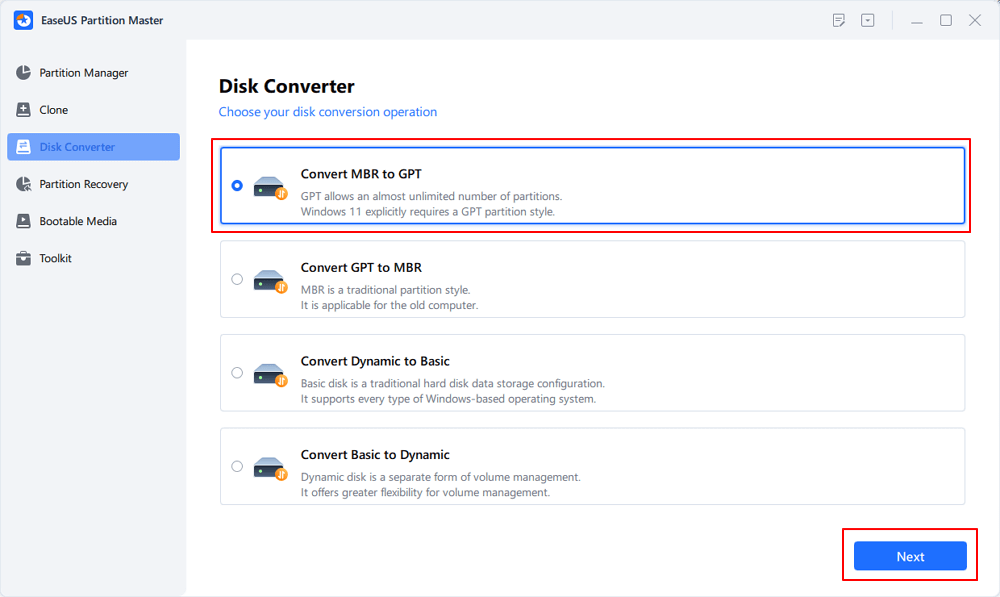
Step 3. Select the target MBR disk that you tend to convert to GPT, and click "Convert" to start the conversion.
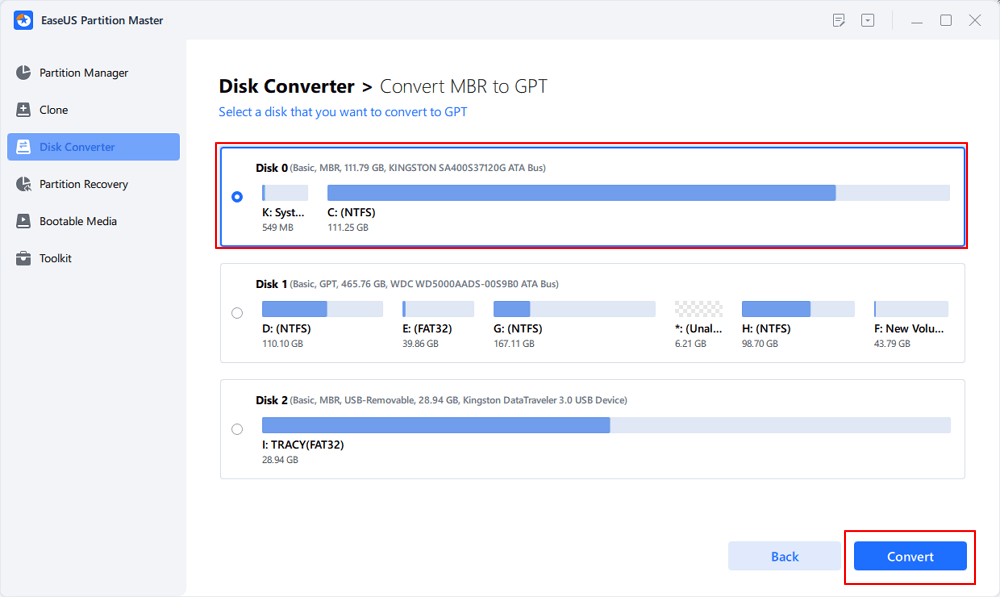
Video Tutorial of Converting MBR to GPT:
- EaseUS Partition Master -
Your Smart Windows 11 Update Disk Manager
- MBR to GPT Converter, Make Disk Ready for Windows 11.
- Migrate Windows 11 to New SSD in 1-Click.
- Handy to Extend or Combine Partitions in Windows 11.
- Clone and Upgrade Disks without Data Loss.
Method 2. Convert MBR to GPT using Disk Management
In Disk Management, users are able to extend, shrink, delete, and format volumes and disks. You can also convert your partition from MBR to GPT with this utility. But you should notice that you need to delete all partitions on your disk with this method. It means you will lose all your disk data. Remember to make a full backup of your partitions before acting.
If you have backed up your partitions, you can follow the steps below to convert MBR to GPT.
Step 1. Right-click the Windows icon and choose Disk Management.
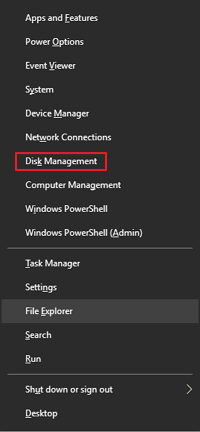
Step 2. In the Disk Management window, right-click the volumes in your target disk, choose Delete Volume. Repeat this operation to delete all volumes.

Step 3. When the whole disk is displayed as unallocated space, right-click the disk and choose Convert to GPT Disk.
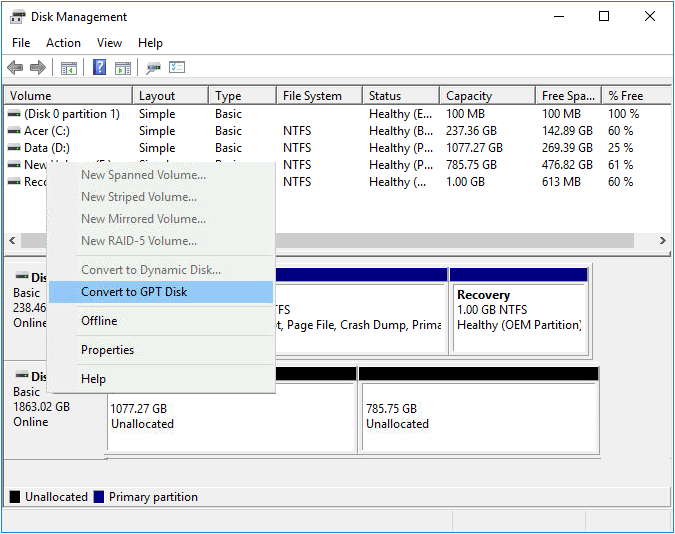
Converting the partition style from MBR to GPT is not the last step. After converting, you also need to change the boot mode to UEFI. First, we'd like to show you how to check whether the computer uses UEFI or BIOS.
How to Check Your Computer Boot Mode?
Step 1. Press the Windows + R keys at the same time. Type MSInfo32 in the Run box and hit Enter.
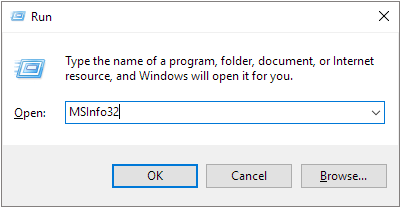
Step 2. This operation will open the System Information window. Find the BIOS Mode, check whether it displays as UEFI or Legacy.
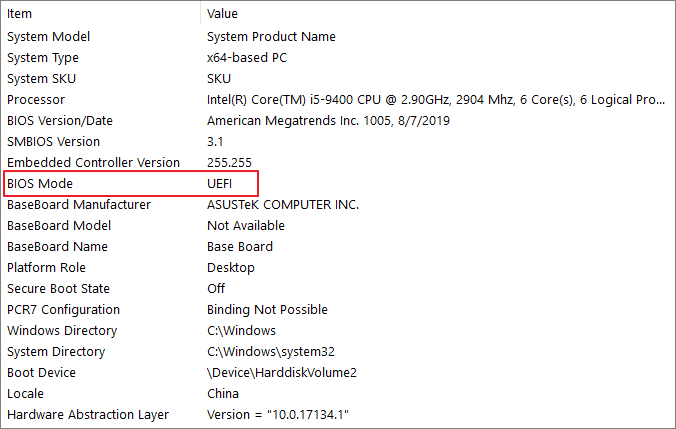
If the boot mode of your computer is UEFI, it will show as UEFI. If the boot mode of your computer is BIOS, it will show as Legacy.
How to Change the Boot Mode to UEFI?
You can follow the steps here to change the boot mode to UEFI. This process will do no harm to your data.
Step 1. Shut down and restart your computer.
Step 2. Keep pressing the F2 key until the BIOS Setup Utility screen appears.
Step 3. Select Boot, under the Boot tab, use the up and down arrows to choose UEFI mode, and press Enter.
Step 4. To save the changes and exit the screen, press F10.
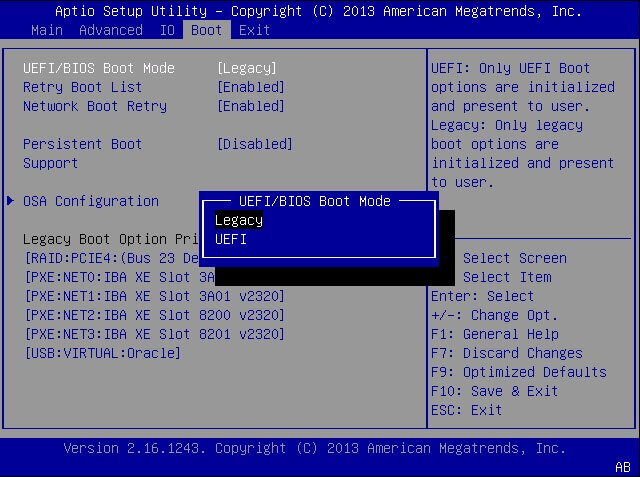
How to Enable Secure Boot on Windows?
After you have changed the boot mode to UEFI, you need to do one more thing, which is to enable Secure Boot. It's also a minimum requirement for users who want to upgrade to Windows 11.
Step 1. Search Advanced startup in Windows search bar. Then select Change advanced Startup Options.
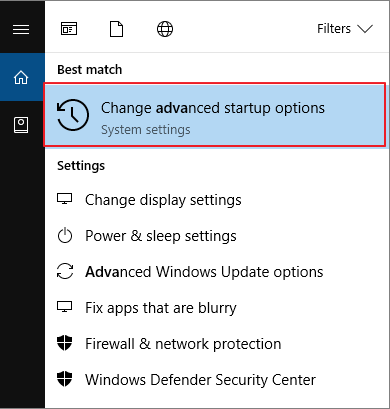
Step 2. In the opening screen, find Recovery > Advanced startup. Click the Restart now button.
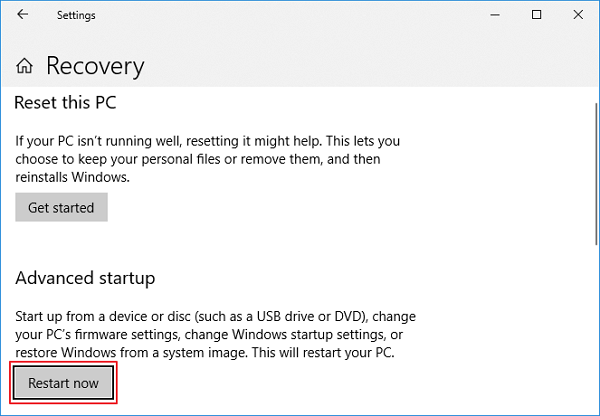
Step 3. Your computer will restart with the following screen, click Troubleshoot.
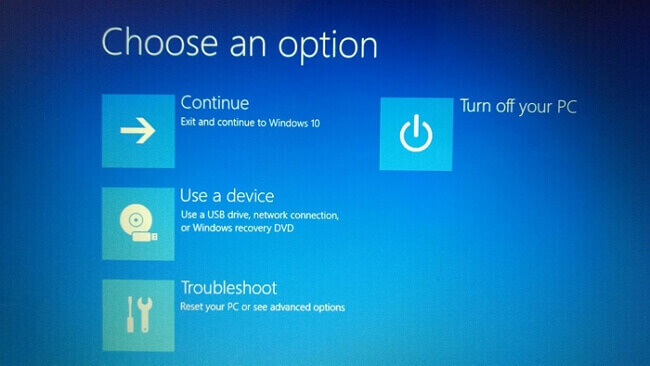
Step 4. Under the Troubleshoot, choose Advanced options.
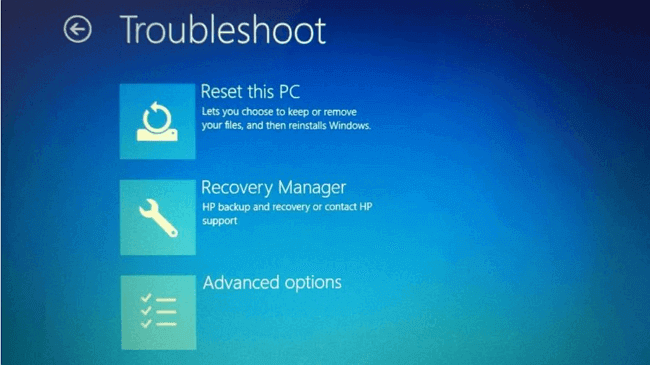
Step 5. Choose UEFI Firmware Settings.
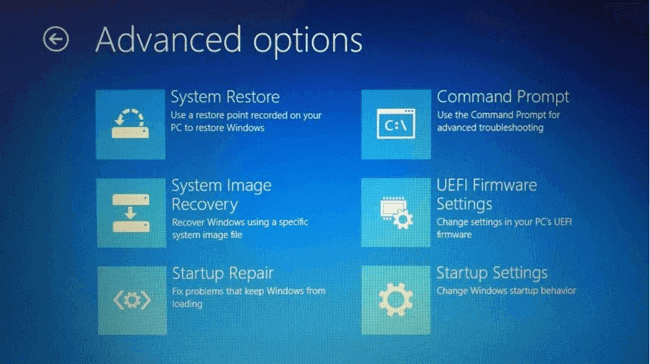
Step 6. After clicking UEFI Firmware Settings, it will restart the system again or ask you to restart the system. Click Restart, and it will start in BIOS and you will see a different BIOS setup.
Step 7. Under the BIOS settings, click on the Security tab.
Step 8. Use the Up and Down arrow to choose the secure boot option, and change the secure boot to Enabled.
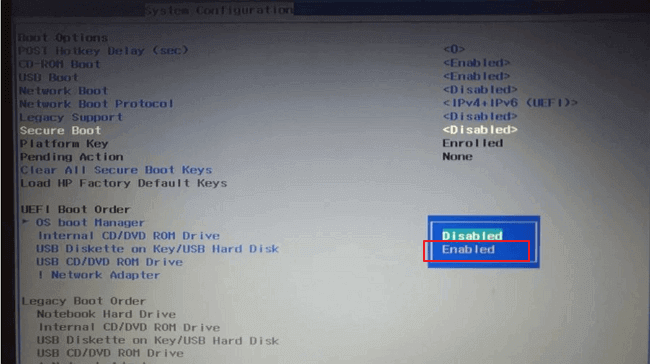
UEFI vs. BIOS: What's the Difference and Which is Better?
This article will hopefully help you understand UEFI vs. BIOS, which motherboard firmware you should use, and how to check if your computer uses UEFI or BIOS.
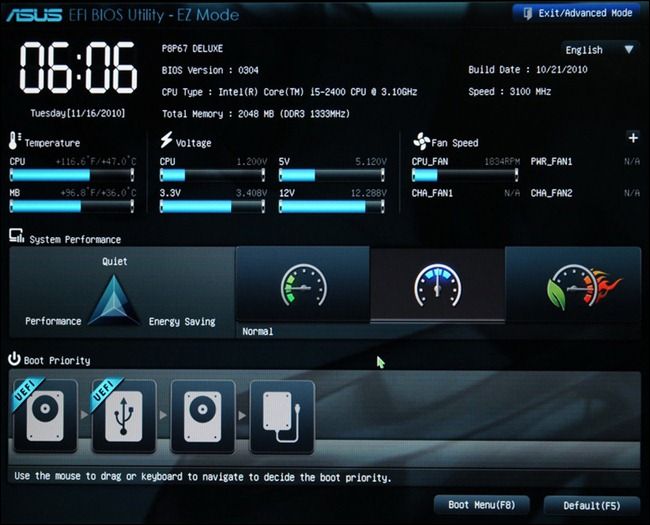
Convert The Partition Style to GPT Before Upgrading to Windows 11!
The new Windows 11 only supports the GPT partition style and the boot mode of UEFI. In this article, we introduce two ways for you to convert your disk to GPT. We highly recommend you choose EaseUS Partition Master because it will cause no data loss during the conversion. After you have converted the disk to GPT, there is one more step, which is to change the boot mode to UEFI. You can find all the detailed guides of the above operations in this article. Follow the guide step by step, and you can convert from MBR to GPT successfully.
FAQs About Converting MBR to GPT Windows 11
If you still have doubts about converting MBR to GPT on Windows 11, follow the questions and find answers listed below:
1. Do all drives need to be GPT for Windows 11?
No, not all drives need to be GPT for Windows 11. Only the OS drive on which you plan to install Windows 11 need to be GPT so as to enable the Secure Boot and UEFI Mode for Windows 11. As for the data drive, you can set it as MBR as long as its storage capacity is less than 2TB.
2. Does Windows 11 use GPT or MBR?
For the OS disk drive, Windows 11 requires GPT as its disk partition style. While for the data disk, you can either set it as GPT or MBR according to the disk storage size - for larger than 2TB, use GPT; for smaller than 2TB, use MBR.
3. Can GPT partition run Windows 11?
Sure, according to Windows 11 system requirements, GPT disk partition style is a must for installing or upgrading the Windows operating system to Windows 11. So the answer to "can GPT partition run Windows 11" is Yes.
Was This Page Helpful?
Sherly joined EaseUS in 2022 and she has always loved writing articles and enjoys the fun they bring. She receives professional training here, focusing on product performance and other relative knowledge. She has written over 200 articles to help people overcome computing issues.
Written by Tracy King
Tracy became a member of the EaseUS content team in 2013. Being a technical writer for over 10 years, she is enthusiastic about sharing tips to assist readers in resolving complex issues in disk management, file transfer, PC & Mac performance optimization, etc., like an expert.
Related Articles
-
Format External Hard Drive with Multiple Partitions & How to Merge Partition in External Hard Disk
![author icon]() Brithny/Sep 28, 2025
Brithny/Sep 28, 2025 -
How to Fix Extend Volume Greyed Out in Windows 11?
![author icon]() Tracy King/Sep 28, 2025
Tracy King/Sep 28, 2025 -
BitLocker Boot Loop: How to Fix It and Boot Properly
![author icon]() Sherly/Sep 28, 2025
Sherly/Sep 28, 2025 -
How to Format SanDisk Extreme Portable SSD on Windows | 4 Ways
![author icon]() Cici/Sep 28, 2025
Cici/Sep 28, 2025